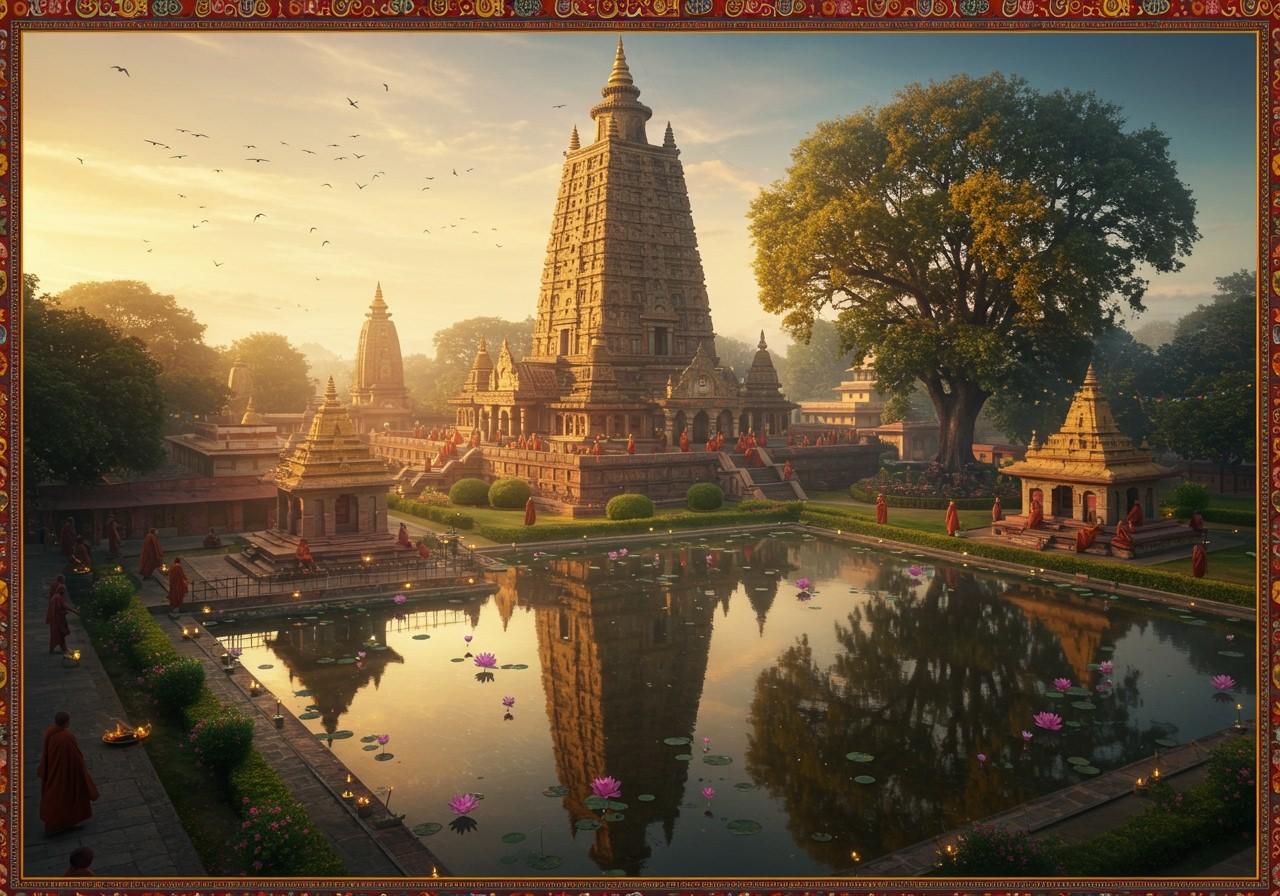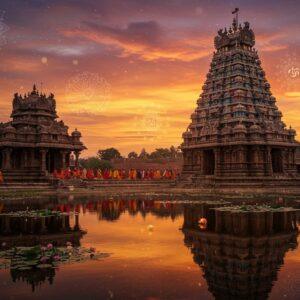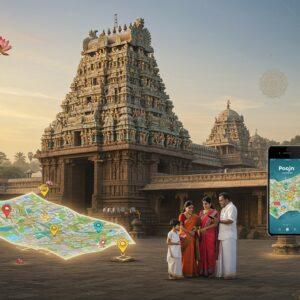
The Mahabodhi Temple, nestled in Bodh Gaya, Bihar, stands as a beacon of spiritual significance for Buddhists worldwide. As the place where Prince Siddhartha achieved enlightenment and transformed into the Buddha over 2,500 years ago, this UNESCO World Heritage site draws countless pilgrims and visitors annually. This guide offers essential information for planning your visit, including temple timings, dress code, nearby attractions, and insights into the local culture.
Mahabodhi Temple Timings
The Mahabodhi Temple welcomes visitors daily from 5:00 AM to 9:00 PM. The serene atmosphere of early morning offers a tranquil experience, while the evenings showcase the temple’s beauty illuminated by soft lighting. Specific times are allocated for meditation sessions and religious ceremonies. Dawn and dusk, holding special significance in Buddhist traditions, are particularly evocative times to visit. Seasonal variations in timings may occur, so it’s always prudent to check for updates before your visit.
Mahabodhi Temple Dress Code
Respectful attire is essential when visiting this sacred site. Modest clothing, including long pants or skirts covering the knees and tops covering the shoulders, is recommended. Footwear must be removed before entering the temple premises. Carrying a bag for your shoes is a practical tip. While comfort is important, especially during warmer months, ensure your clothing aligns with the dress code. Shawls or scarves are available at the temple for those needing additional covering.
Exploring the Mahabodhi Temple Complex
The temple complex encompasses various significant elements, including the central shrine, the revered Bodhi Tree, and the Vajrasana (Diamond Throne). Numerous stupas, tranquil meditation areas, and serene Buddha statues dot the complex. The sacred Bodhi Tree is believed to be a direct descendant of the original tree under which the Buddha attained enlightenment. Take time for quiet reflection and meditation to deepen your connection with this sacred space. Guided tours provide valuable insights into the temple’s rich history and architectural significance, dating back centuries. The temple’s blend of architectural styles, with the main structure showcasing Indian brickwork and carvings from the Buddha’s life, is truly captivating.
Nearby Attractions in Bodh Gaya
Bodh Gaya boasts several other significant Buddhist sites worth exploring. These include:
- Great Buddha Statue: This towering statue is a modern addition to Bodh Gaya’s spiritual landscape, offering a striking visual representation of the Buddha.
- Bodhgaya Archaeological Museum: Delve deeper into the region’s history and Buddhist heritage through the museum’s collection of artifacts and sculptures.
- Sujata Kuti: This site marks the place where Sujata, a local woman, offered milk-rice to Siddhartha, ending his years of extreme asceticism.
- Indosan Nippon Japanese Temple: A testament to Bodh Gaya’s global significance, this temple offers a glimpse into Japanese Buddhist traditions.
- Dungeshwari Cave Temples (also known as Mahakala Caves): These caves are where Siddhartha practiced asceticism before attaining enlightenment. Consider the distance and transportation options when planning your visit.
Local Culture and Traditions
Bodh Gaya’s local culture is deeply intertwined with its spiritual heritage. Annual festivals such as Buddha Jayanti (celebrating the Buddha’s birth) and Kagyu Monlam Chenmo (a major Tibetan Buddhist prayer festival) draw pilgrims from around the world. Witnessing unique rituals at the Mahabodhi Temple and local monasteries offers a deeper understanding of Buddhist practices. Exploring local handicrafts, cuisine, and markets provides a rich immersion into the regional culture. Engaging with local guides or monks can offer valuable insights into Buddhism and Bodh Gaya’s history.
Practical Information for Visitors
The period between October and March is considered the best time to visit Bodh Gaya due to the pleasant weather and the occurrence of major Buddhist festivals. Accommodation options cater to various budgets, with numerous hotels located near the Mahabodhi Temple. Bodh Gaya is easily accessible, with nearby airports in Gaya (16 km) and Patna (115 km), well-connected train stations, and established road routes. Be mindful of any entry fees or donations at specific sites. Staying hydrated and respecting local customs will contribute to a safe and fulfilling visit.
How Poojn.in Enhances Your Spiritual Journey
Poojn.in, India’s leading online store for spiritual and puja items, can help you prepare for your visit to the Mahabodhi Temple. We offer a wide selection of products relevant to Buddhist practices, including:
- Prayer beads (mala) crafted from various sacred materials like tulsi and sandalwood.
- Incense sticks and dhoop to create a serene atmosphere for meditation and prayer.
- Statues and images of the Buddha for personal altars or as offerings.
- Meditation cushions and mats for comfortable and extended prayer sessions.
- Traditional offering bowls made from materials like copper or brass.
Visit poojn.in to explore our complete collection and enhance your spiritual experience at the Mahabodhi Temple and beyond.
Conclusion
A visit to the Mahabodhi Temple is more than just a trip; it’s an opportunity to connect with a rich spiritual legacy. The temple’s tranquil ambiance and historical significance create a unique and transformative experience. By respecting the temple’s guidelines and immersing yourself in the local culture, you can truly appreciate the profound serenity of this sacred site. Plan your visit thoughtfully, and carry with you the enduring memories of peace and enlightenment that Bodh Gaya offers.
You can find more information about temples and spiritual journeys on our blog. Check out our articles on Chottanikkara Temple, Nili Chhatri Temple, and the cultural importance of temples.


